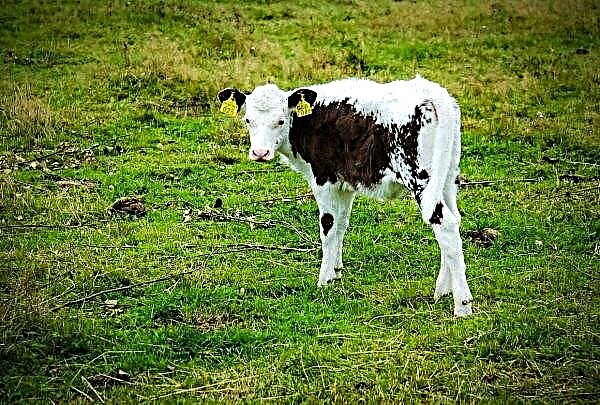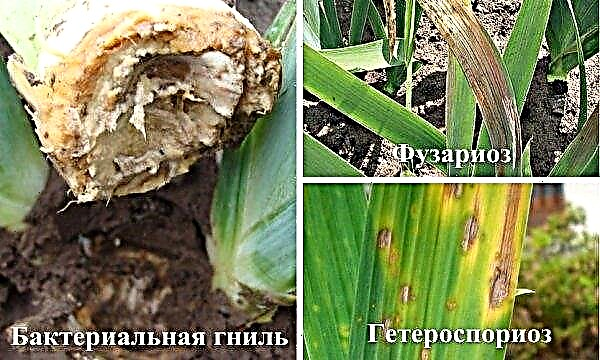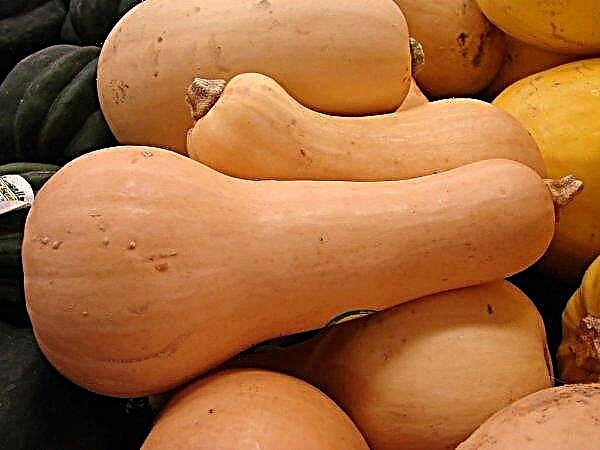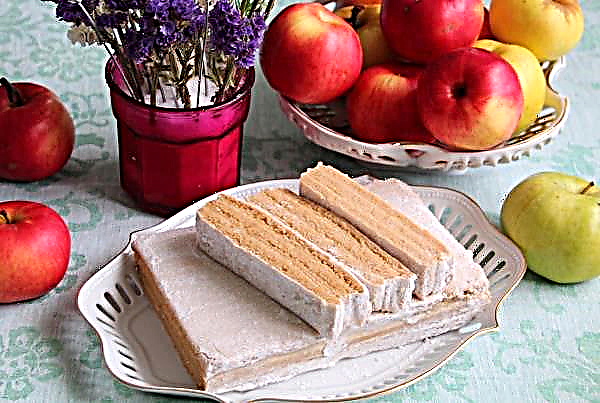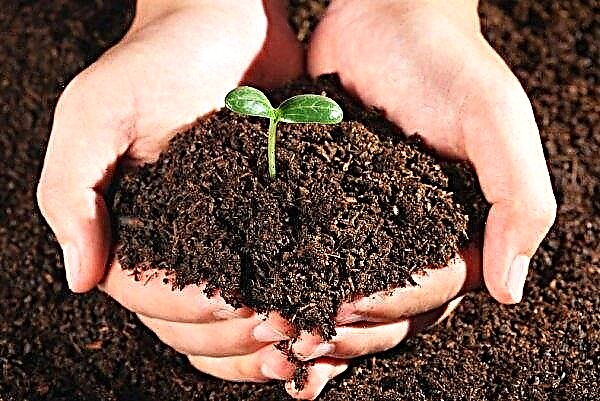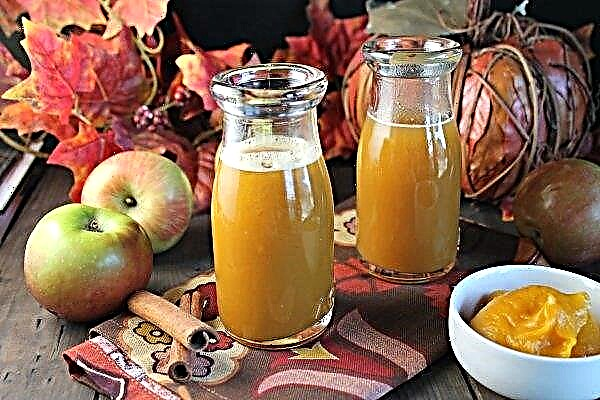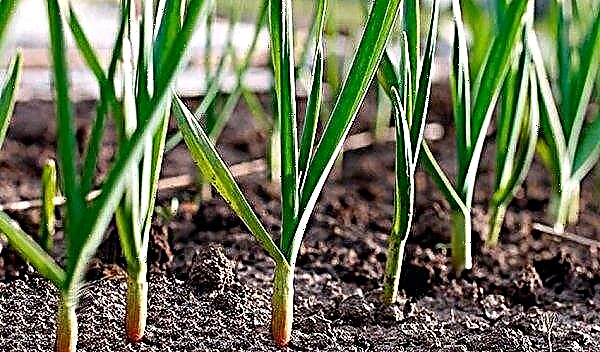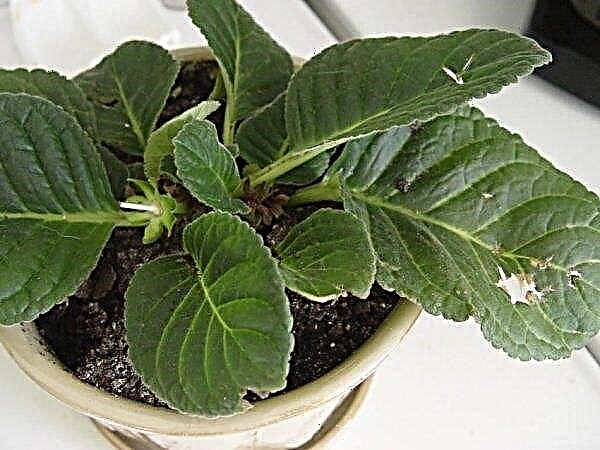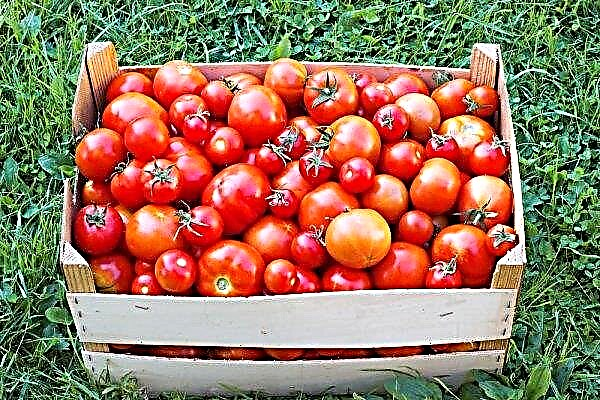When transplanting hydrangea, the gardener must correctly, taking into account all the rules, decide on the place of further cultivation of the plant. The bush is characterized by rapid growth, so flower culture will need to be regularly watered and fed. It is believed that the optimal time for placing the shrub in open ground falls in the spring and autumn, however, planting hydrangea in the ground in summer is also possible.
Is it possible to plant hydrangea in summer
The ideal time for a hydrangea transplant procedure is spring. The process is carried out immediately after the retreat of frost, when the soil is sufficiently warmed up. In the southern regions, such actions can be performed in the fall, namely in September. Before the cold weather, the bushes will be able to strengthen and adapt to the new terrain, so in the next season they will delight others with abundant flowering. There is another option for planting hydrangeas with closed roots - summer.

When buying a flower in a pot in the summer, when the flowering process begins, you can not be afraid that the plant will differ in characteristics from those that have an open root system. When choosing standard terms (spring and autumn), hydrangea normally tolerates a transplant, since it is in hibernation. But you need to figure out what to do in the summer months.
- The main advantages of planting in the summer:
- The ability to quickly decorate your own garden with minimal cost.
- With constant heat, the seedlings will take root in a short time and get as strong as possible before the onset of frost, and full flowering will delight you next season.
- The soil is warm enough, so the shrub does not feel discomfort after planting.
Planting hydrangeas with a closed root system does not imply anything complicated. If the roots are open and you can’t immediately transfer the plant to the ground, then you need to store the seedling in a cool room. The rhizome should be lowered into a bag, where peat, sawdust and moist moss are added - this will help to eliminate drying out of the tissues.
Important! Extreme humidity and low temperatures can lead to rot, powdery mildew. The treatment is carried out with Fundazol, Purebloom or Bordeaux fluid
In June
Hydrangea begins to bloom after June 15, and ends in October, because it can withstand the first cold. It is possible to transplant at the beginning of summer, the main rule is the absence of flowering. To do this, dry elements are removed, the plant along with the earth is transferred to the site from the pot.
In the case of planting during flowering, expect new flowers and buds is not necessary. The bush will dump them. If you need an unplanned transplant, then you need to do the procedure exclusively with the largest possible earthen lump in order to minimize the risk of injuring the underground part of the plant. All old inflorescences are removed, the shoots are shortened at least twice.

Transplantation is necessary only in cloudy weather. Fertilizer is placed in a hole, a bush is immersed in it, the voids are covered with earth, after which they are irrigated and mulched with peat. If the weather changes dramatically to sunny and hot, you will need to organize shading. Without rains, watering is performed in the morning, up to 10 hours, or in the evening - by spraying the crown.
In July
Hydrangea growing in a container can be transplanted in July, since a closed root system allows you to normally transfer the procedure. It is enough just to get the planting material from the pot, and move it into a hole in an open area of soil. The site is chosen “with a margin” so that there is room for growth.
Important! Summer transplantation during flowering shrubs provokes the absence of the formation of inflorescences for several years.
The described process allows you to ennoble the garden with a variety of colors and with minimal time.. Although planting in July is permissible, it is important to choose the right material for transplanting into open ground from pots.
Key Features:
- The bark and kidneys must remain intact, without any damage.
- The optimal plant height is 50–100 cm.
- The bush should have more than two shoots.

In August
Although active flowering continues in August, transplanting hydrangea is permissible, provided the rhizome is closed (from the pot). Buying planting material is the best option in this case, the main thing is to contact a trusted supplier. The bushes will easily take root, they can be planted at any time of the year, except for the pre-winter period.
In August, the landing is carried out by the transshipment method. The soil in the pot is abundantly moistened to make it easier to get the root system with a soil lump. The container should be turned over, hydrangea removed and lowered into a hole in the ground. To improve further growth and development, it is recommended to remove flowering and flowering shoots that thicken the shrub. Cut off all parts that are deformed or grow inward.
Features regional landing
Botanists were able to adapt hydrangea to different climatic conditions, so many varieties are planted and grown not only in the southern regions, but also in the central and northern ones. When choosing seedlings, special attention should be paid to the winter hardiness of the selected specimen. Buying bushes is best with well-developed roots. There should be enough light on the site itself, but with protection from direct rays and wind.
The best time for transplanting is spring, but in areas with mild winters, the autumn season is suitable, the main thing is that there is stable warm weather. So that the kidneys do not freeze in winter, shelter should be carried out. In the southern regions, high hilling of the plant is suitable for this; in cold regions, serious measures are needed.
 To do this, the shoots are bent, fastened with brackets to the ground, a layer of peat is poured on them. Everything is covered with film and spruce branches.
To do this, the shoots are bent, fastened with brackets to the ground, a layer of peat is poured on them. Everything is covered with film and spruce branches.
If the cultivation is carried out by seeds, then it will be necessary to create the right conditions to exclude freezing during growth and development. It is not recommended to use open ground, since frosts can be even in spring, especially when it comes to the Urals or Siberia. Rational regional planting involves the selection of a certain variety, type of plant.
Important! Hydrangea, especially in the summer, is often attacked by aphids, snails that feed on shoots, flowers, and buds. Therefore, you should regularly inspect the bush for pests.
For example, for the Moscow Region they recommend:
- Petioles Hydrangea Petiolaris - Liana, which grows up to 25 meters, and can braid trees, buildings.
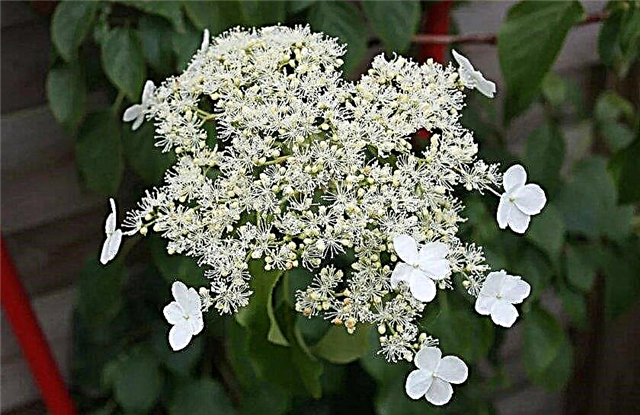
- Variegated.
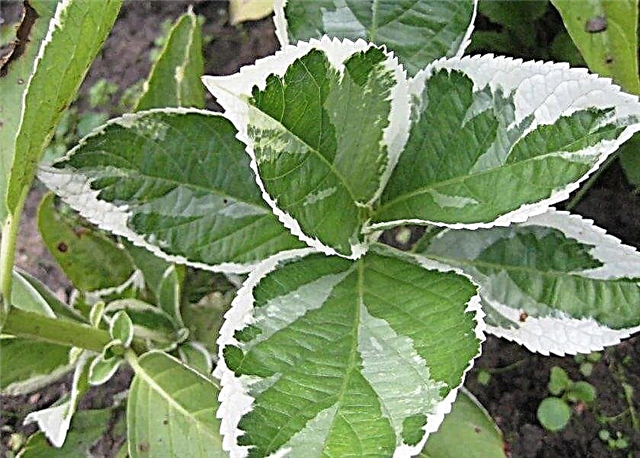
- Winter Surprise - varietal "novelty", notable for leaves that become bright purple closer to autumn.
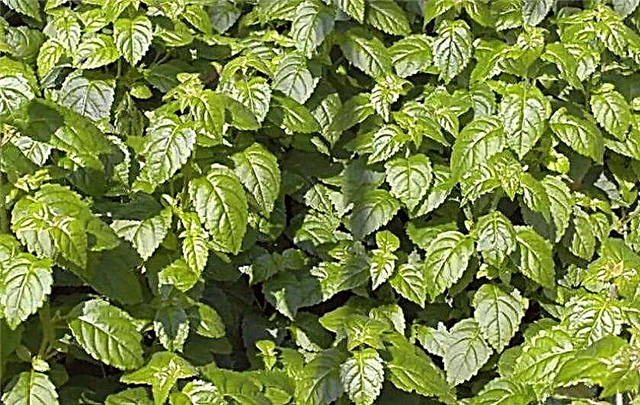
- Ampelic hydrangea.
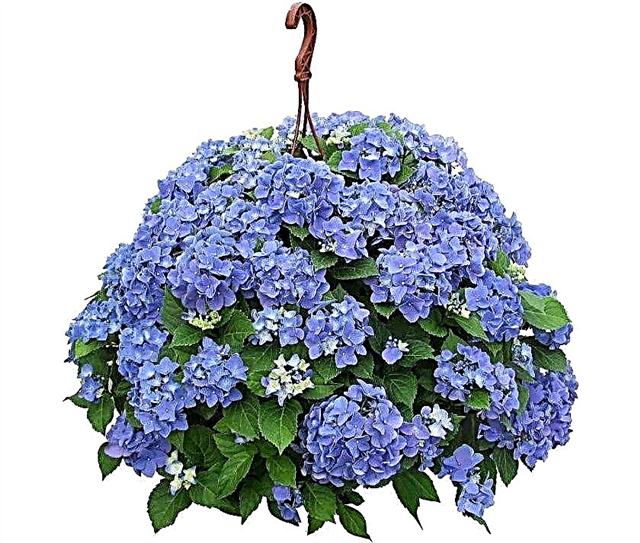
Braided varieties are more suitable for planting near a house or fence, as well as near fruit trees. Proper care will help to get a strong bush, which will be a great decoration for a summer house or home. A creeping plant type is chosen to create a hedge. Petioles hydrangea can hibernate painlessly, is not afraid of diseases and pests. Propagate it by layering or petioles, for example, the seed method, but weaving will begin 3-4 years after planting.
How to plant hydrangea in the ground in summer
If the summer period for planting hydrangea is selected, then several features of this process will need to be taken into account. Although the plant loves moisture, it does not tolerate stagnation of water. Summer planting is often performed from pots, so the pit in the open ground must be properly prepared by laying drainage of small stones or expanded clay on the bottom of the recess. If the soil is clayey in the garden, then when the fertile layer is formed, sand, peat and coniferous soil are added.
Cuttings
Planting hydrangea by cuttings is one of the most popular agricultural techniques in cultivation. The optimal period is June, this month young bushes take root better, and soon the cuttings can be transplanted into the open ground.
The basic rules of grafting:
- When preparing the material, be sure to leave two nodes. At the bottom, an oblique cut is performed, at the top, a straight line. Between them you need to leave about 2 cm of distance.
- Cuttings pick up strong, holistic and healthy.
- Planting is carried out in small containers in which moist soil from peat and sand is laid. Before deepening, the stalk is lowered into the "Kornevin" to accelerate the growth of the root system.
- Seedlings are watered, constantly maintaining the necessary level of soil moisture.
- The upper part of the plantings is covered with a film, from under which it is necessary to remove condensate daily.
- About a month later, rooting will occur and landing on the site will be possible.
The first few winters must use a shelter to protect hydrangea. Since light is important in the morning, it is better to equip a pit in the eastern side of the garden. For the full development and growth of hydrangea after a summer planting, it is necessary to select a site with clay and fertile soil, into which humus is introduced. Red earth is also suitable, but development will be slower. Sandy soil is not used for shrubs.
Acidity should be in the range of 5.2–6.0 pH. Using this rule, you can achieve maximum brightness of the petals. In the case of neutral indicators of soil acidity, the development of the bush is slow, and the flowers are pale. Alkaline soil causes yellowness of the leaves, and due to the lack of magnesium and iron, the color of the buds will change for the worse.
Important! Young hydrangea needs to be sheltered for the winter, using a film, and a garter will help to prevent breakage of the shoots.
Before landing, the site must be prepared. To do this, the soil is formed as follows: 2 parts of humus and chernozem, as well as 1 part of sand and peat. A similar mixture is supplemented with urea (1 tablespoon), potassium sulfate (2 tablespoons) and superphosphate (3 tablespoons). Replace the preparation of the ground can soil from under pine or spruce. In this case, fertilizers can be found, because the soil will have the necessary acidity and nutrients.

Quick adaptation of hydrangea is possible with the correct formation of the hole - in order to freely place the root system in the center of the recess, which is covered with earth, compacted, watered and mulched. Hydrangeas up to 2 years old have enough depth and diameter of a pit of 30 cm, shrubs 3-4 years old need a format of 50 × 50 cm. When planting several bushes, it is important to maintain a distance of 2-3 m between them, for hedges - up to 1 m.
Did you know? The shade of hydrangea petals directly depends on the acidity of the soil. Blue or blue - when growing in acidic soil, pink tones are preserved in more alkaline.
Layering
There is a variant of propagation by layering. To do this, use a number of rules:
- Before the buds appear, in spring, you need to loosen the ground, dig a hole (15 cm) in which the lower shoot is placed. Sprinkle on top with soil and fix with stones or wire.
- In August, shoots will begin to appear on the lay. When they reach 20 cm, they perform hilling, and the procedure is repeated every 1-2 weeks until embankments of about 25 cm are formed.
The separation of the young plant from the mother with further transplantation to a permanent place of cultivation is performed in a year.
Important! When using fertilizers and nutrient mixtures, the size of the pit is increased by a third. For a four-year-old shrub, a format of 65 × 65 cm is needed, for a two-year-old bush, 40 × 40 cm.
Seeds
Some varieties of hydrangea can be grown from seeds. But this method of reproduction can cause the loss of certain properties and qualities of the mother bush. Sowing is performed in the fall in the ground, which consists of sheet soil, peat and sand. The components are used in a ratio of 4: 2: 1.
Pour seeds in a small layer and watered through a spray. The container with them is covered with a film - to create a greenhouse effect. From time to time, it is necessary to remove condensate and also open for ventilation. The earth must always remain wet. The best temperature for growing from seeds is from + 14 ° C to + 20 ° C. After 30-50 days, seedlings will appear, after which the film is removed. During the development of hydrangea, they pick twice. The first is carried out after the appearance of cotyledonary (first) leaves. In May, you need to make a second pick and plant all the seedlings in separate pots (7 cm in diameter).

Seedlings require hardening, so during the day they need to be taken out into the street, but exclude direct sunlight, rain or strong wind. In the evening, the plants are brought into the house. The first couple of years they are grown in room conditions. In winter, a cool and bright room is suitable, in summer - a balcony. All buds are plucked so that the flowering period does not weaken young hydrangea. After 2 years, they perform landing in open ground. You can do this in early spring, summer.
Did you know? In Japan, they believe that hydrangea — a flower symbolizing sincerity of feelings.
The best place to land would be a sunny place with shade in the afternoon. The soil is suitable acidic or neutral, with organic fertilizers. It needs to be well loosened. With an alkaline soil reaction, it is important to add peat. When planting, you need to consider that there are no other trees or bushes nearby.
The hydrangea pit should be twice as large as the size of the pot with the ground and root system. First, peat and turf soil are added to the depression, after which the seedlings are taken out, shaken off a little and, straightening the roots, placed on the bottom. Void filling is carried out with compost earth. The root neck should be above the surface of the site. Be sure to water, mulch bark or needles.

Transplanting a seedling from a pot
Planting hydrangeas from a pot involves several standard operations:
- In the garden, determine the place, dig a hole 30 × 50 cm (diameter and depth).
- The land that they get is mixed with sand, peat, fertilizers.
- For several plants, pits are made at a distance of 1–2 m.
- Prepared soil is poured into the hole.
- The earth in the pot is loosened, hydrangea is taken out with an earthen lump and placed in a prepared depression.
- The seedling is filled up, the soil is compacted to completely eliminate the gaps. The root neck should be slightly higher or at the level of the garden plot.
- Watering is done, followed by mulching using humus or peat (5 cm).
When transplanting, you can add hydrogel to the pit to preserve moisture, which quickly evaporates in the summer. This drug is polymer, can absorb and retain a large volume of water. It is non-toxic to the environment, sterile and retains its properties for up to 5 years. In the first year of hydrangea growth, all buds are recommended to be removed, this will help the shrub to become stronger and better adapt.

Further hydrangea care in summer
After a summer hydrangea transplant into the ground, it is necessary to properly organize care. This will allow you to get a strong plant that can give a bright and abundant flowering. In addition to the care features described below, you need to pay special attention to pruning the bushes to give them a healthy look. It is possible from 4 years and allows you to make flowering magnificent, forms a correct and beautiful appearance, and old bushes will be rejuvenated. You need to cut the shoots with the onset of spring, when the snow completely melts, and the buds swell, but have not yet blossomed.
The following technology is used for forming cropping:
- Cut thin branches that grow inside the bush. The slice is performed "on the ring."
- Age-related shoots are removed, leaving 2-3 buds on each. You need to cut off over the kidneys with a cross section.
- Eliminate branches that are damaged in the winter or are weak. Large frozen parts are removed to a healthy area.
In autumn, it is not recommended to carry out the procedure, since hydrangea can not tolerate winter well. At this time, you can remove only inflorescences that have already dried up so that the branches do not break under the weight of the snow.

Proper watering
The young bush is abundantly watered: based on 1 plant, up to one bucket of water. After absorption of the liquid, mulching is performed using sawdust, peat or leaves. They cover the ground of the trunk circle with a layer of up to 8 cm.
Hydrangea loves moisture and watering must be provided twice a week. The rate may be reduced in case of rainy weather and the use of mulch. Water should be used without chlorine, rain, which is stored in barrels, is better. Watering is done carefully so that the drops do not fall on the leaves or flowers.
Important! You can find out the need for irrigation by immersing a smooth wooden stick in the soil 4 cm. If the surface is dry, then watering is required.
When planting hydrangea in the summer, it is recommended to irrigate every day until the bush adapts and the beginning of active growth occurs. It will be possible to shorten the procedure up to once a week. In summer, watering is provided as the soil dries, in winter it is excluded.

Loosening
Correctly care for hydrangea, then carry out loosening of the soil from time to time. This procedure is performed at least three times per season. This will exclude the formation of earth crust. Loosening is carried out to a depth of 7 cm with the simultaneous removal of weeds. The procedure will improve oxygen access to the root system, help the plant prepare for winter.
Fertilizer and fertilizer
If fertilizers were present in the pot with the seedlings, as well as nutrient compounds were added to the pit during planting, then 1-2 years after planting, you can not use top dressing. The main thing is to look at the external manifestations of hydrangea. If you plant a flower in the ground, then over time there is a lack of nutrients, and fertilizers should be applied.
Use the following scheme:
- In the spring, nitrogen fertilizers are used: 15 g of urea per 10 liters of water or 20 g of ammonium nitrate per 1 bucket of liquid.
- When buds appear on the stems, they begin to bloom, the plant needs additional nutrition. Nitroammofosku bred in the ratio of 20 g per 10 liters of water and irrigate each plant with five liters. You can use diammophos in the same ratio or potassium monophosphate - 15 g each per 1 bucket.
- After flowering, superphosphate or mullein infusion is used. Feeding dates are at the end of August. The product is made from 1 part of manure and 3 parts of water. The mixture is infused for a week, then the concentrate is diluted 1:10 with water.

For the splendor of flowering, fertilizers are forbidden to use often and in large quantities, so as not to provoke breaking the stems under the weight of inflorescences. The best period for feeding is April - July with an interval of 2 weeks.
Lighting
It is better to plant hydrangea in place, so that at noon the bushes are in partial shade. Direct rays of the sun are uncomfortable for the plant, late blooming occurs, and the buds and flowers themselves will be less developed. Hydrangea prefers soft sunlight.
Planting hydrangea in summer is possible, and, following the rules and features described, you can get a beautiful single bush, hedge at the country house in the garden, which will please the owner in different seasons of the year. When transplanting into open ground, you need to carefully organize the cultivation zone. And remember that hydrangea quickly takes root and develops with sufficient soil moisture and proper fertilizer.





